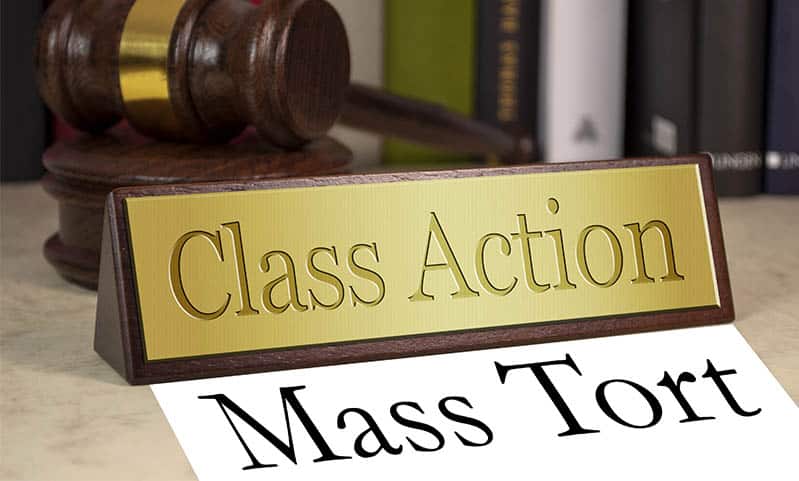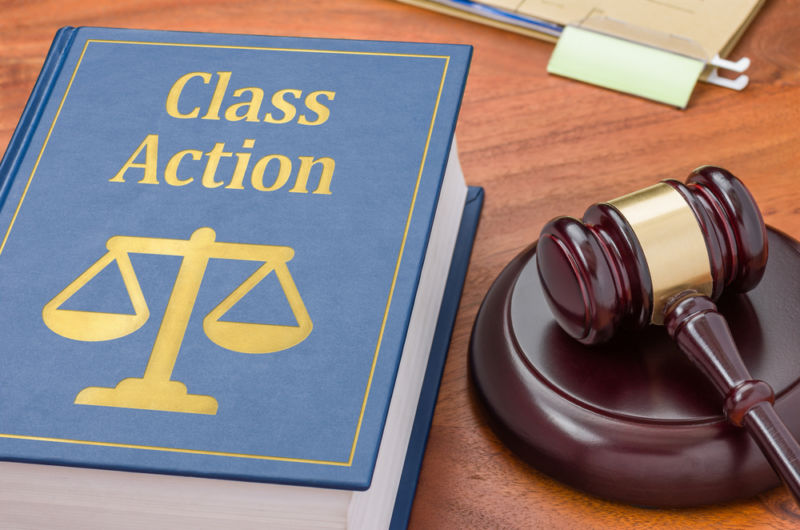Legal Understanding: Browsing the Landscape of Class Action Lawsuit Cases
Trick Elements to Think About in Course Activity Legal Actions: Insights for Lawyers
Course action suits can be complicated and difficult for legal representatives to browse. From course certification requirements to damages calculations and settlement negotiations, there are a number of key factors that need to be thoroughly taken into consideration. Comprehending these variables and their effects is vital for lawyers aiming to successfully represent their customers in course action suits. By delving into the complexities of course action lawsuits, this conversation aims to provide important understandings for attorneys looking for to browse this intricate lawful landscape.
Course Certification Requirements
To wage a class action suit, legal representatives have to navigate with a series of rigorous course accreditation demands. Course certification is a vital phase in the lawsuits process that determines whether a team of plaintiffs can be licensed as a class and wage their insurance claims collectively. These requirements serve to make sure that class actions are efficient and suitable mechanisms for dealing with disputes entailing countless complainants.
While there is no set mathematical limit, courts usually take into consideration a course with even more than 40 members as sufficiently numerous. Furthermore, commonality is an additional vital variable in class qualification.
Additionally, typicality and competence of representation are critical considerations. Typicality ensures that the claims or defenses of the representative parties are common of the class. Adequacy of representation guarantees that the agents will fairly and effectively shield the passions of the course participants. Ultimately, a course action should also satisfy the requirement of superiority, suggesting that a class activity is a superior technique for adjudicating the dispute compared to various other readily available approaches.
Browsing through these course accreditation requirements can be intricate and difficult for attorneys. Understanding and meeting these requirements are necessary to efficiently go after a course action claim on part of a group of complainants.

Commonness of Insurance Claims
The next essential factor to take into consideration in the class certification procedure is the commonality of claims amongst the plaintiffs. Commonality describes whether the class participants share similar lawful concerns and concerns of fact that can be resolved collectively. To put it simply, it is needed to figure out if there prevail concerns of regulation or truth that are main to the litigation which predominate over any specific problems.
To develop commonality, the complainants need to demonstrate that there are valid or legal problems that are usual to the whole class. This can be accomplished by identifying a typical course of conduct or a typical lawful theory that underlies the cases (Class action lawsuit). The presence of typical questions is crucial due to the fact that it promotes judicial performance and economic climate by permitting a single decision to resolve the problems for the whole class
Nevertheless, it is vital to note that the commonality need does not necessitate that all the private claims equal. Distinctions in problems or individual situations do not always beat commonness if there are still typical inquiries that bind the course together.

Problems Calculations
One crucial aspect to think about when computing damages in class action claims is the accurate assessment of monetary losses sustained by the course members. In order to figure out the appropriate amount of compensation, it is required to examine the degree of injury endured by each person within the course. This can be a complicated job, as it requires a complete evaluation of numerous variables, such as the nature and period of the injury, the economic influence on the affected individuals, and any various other pertinent factors to consider.
When examining economic losses, it is very important to take into consideration both the straight and why not check here indirect problems experienced by the class members. Direct problems describe the real out-of-pocket costs incurred as a result of the offender's activities. These might consist of medical bills, building damages costs, or any type of other tangible economic losses. On the various other hand, indirect damages encompass the abstract losses that are harder to quantify, such as emotional distress, loss of credibility, or decreased high quality of life.
To calculate damages accurately, lawyers have to collect comprehensive evidence, consisting of financial documents, expert point of views, and statements from the course members. They might also require to involve economic and monetary professionals that can offer understandings into the long-lasting economic implications of the damage experienced.
Settlement Negotiations
During negotiation arrangements, attorneys need to participate in careful and calculated conversations to get to a mutually agreeable resolution for all events associated with the course activity suit (Class action lawsuit). Negotiation arrangements are an important phase in the litigation procedure, where the events try to reach a compromise without going to trial. These settlements call for lawyers to use their negotiation skills, legal competence, and understanding of the case's strengths and weaknesses
One crucial aspect to consider throughout negotiation arrangements is the prospective dangers and expenses connected with continuing to test. Lawyers have to carefully evaluate the possibility of success at trial and weigh it against the potential benefits of a settlement. They should additionally consider the potential time and sources that would be required to experience a trial, as well as the possible adverse promotion that might result from a public trial.
Another key variable is the rate of interests and problems of the class members. Attorneys the original source need to understand what the course participants wish to achieve through the legal action and how a negotiation can resolve their complaints. By considering the course members' perspectives and seeking advice from them throughout the settlement process, lawyers can better advocate for their passions and make sure that any type of settlement gotten to is fair and satisfying.
Moreover, attorneys have to be prepared to discuss with the opposing celebration and their lawful agents. This requires a deep understanding of the toughness and weaknesses of both sides' debates and a desire to endanger. Knowledgeable mediators can utilize this understanding to locate commonalities and craft creative solutions that meet the demands of all parties entailed.
Effective Customer Depiction
To successfully represent their customers in class activity suits, legal representatives need to have an extensive understanding of the instance and vigilantly advocate for their clients' passions. Efficient customer representation needs lawyers to develop open lines of interaction and maintain a strong attorney-client connection throughout the whole lawsuits process.
Firstly, lawyers should extensively analyze the facts, legal problems, and possible risks connected with the instance. This consists of conducting an in-depth examination, assessing pertinent documents, and seeking advice from experts if needed. By obtaining a deep understanding of the instance, legal representatives can create a strategic method tailored to their clients' requirements and goals.
In addition, lawyers must actively advocate for their customers' passions throughout all stages of the lawsuit. This involves drafting persuasive lawful debates, performing thorough research study, and offering compelling evidence to sustain their customers' claims. Legal representatives need to also stay informed about current growths in class action law and utilize this expertise to reinforce their customers' settings.
Along with lawful campaigning for, efficient client representation entails supplying routine updates, answering inquiries, and resolving any type of issues that clients might have. Legal representatives ought to be proactive in maintaining their clients educated concerning the development of the case and any kind of significant developments that may impact the result.
Inevitably, efficient client depiction requires legal representatives to be persistent, receptive, and devoted to safeguarding their customers' rate of interests and rights. By embracing a client-centered technique, legal representatives can optimize the chances of attaining a beneficial end result in class action lawsuits.
Verdict
Finally, legal representatives involved in course activity lawsuits must take into consideration essential aspects such as course qualification requirements, the commonness of cases, problems calculations, settlement negotiations, and efficient client depiction. By meticulously addressing these elements, attorneys can boost their opportunities of success in course activity legal actions and make certain that the interests of their clients are safeguarded.
Comprehending these aspects and their implications Your Domain Name is important for lawyers aiming to efficiently represent their clients in class activity lawsuits.To continue with a course action lawsuit, lawyers must browse via a collection of rigid course accreditation demands. Class certification is an important stage in the litigation process that determines whether a team of plaintiffs can be accredited as a course and proceed with their cases jointly. A course action have to likewise satisfy the requirement of superiority, suggesting that a class activity is a superior approach for settling the dispute contrasted to various other available approaches.
One critical facet to think about when calculating problems in class action legal actions is the accurate analysis of monetary losses incurred by the course members.